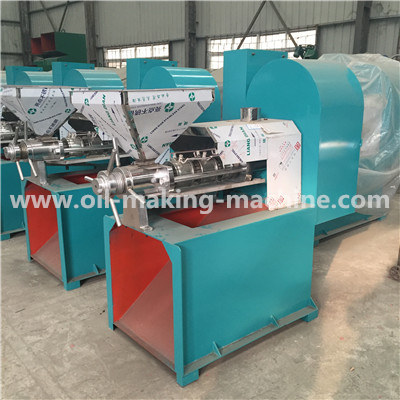
Author:Jintai networks Modified date:2024-9-8 10:42:19

East Timor, a small Southeast Asian country, has been making strides in developing its agricultural sector. Among the crops that have gained prominence is the sunflower, primarily grown for its oil-rich seeds. This article delves into the journey of sunflower seeds from the crop fields to the cup, shedding light on East Timor's oil production process.
## Planting and Cultivation
The first step in this journey begins with the planting and cultivation of sunflowers. Farmers in East Timor typically plant sunflower seeds during the rainy season, which runs from November to April. The soil's fertility and the region's climate provide an ideal environment for the growth of sunflowers. Farmers use various techniques such as crop rotation and intercropping to ensure healthy growth and prevent soil degradation.
## Harvesting
Once the sunflowers reach maturity, usually after three to four months, they are ready for harvesting. The mature flowers turn towards the sun, and the back of the flowerhead turns downwards, signaling readiness for harvest. Farmers manually cut the heads off the stems and leave them to dry in the field for a few days.
## Threshing and Cleaning
After drying, the next step involves threshing, where the seeds are separated from the head. This process can be done manually by hitting the dried heads against a hard surface or using a mechanical thresher. Once threshed, the seeds undergo cleaning to remove any debris, dirt, or chaff. This ensures that only high-quality seeds proceed to the next stage.
## Cold Pressing

With clean seeds ready, the next stage involves cold pressing. This method preserves the nutritional value of the oil by avoiding heat and chemical treatment. The seeds are fed into a press, where they are crushed, and the oil is extracted without raising the temperature. Cold pressing yields a dark, greenish, and aromatic oil with a distinct sunflower flavor.
## Filtration and Bottling
After extraction, the oil undergoes filtration to remove any residual seed particles. This ensures that the oil is clean and ready for consumption. The filtered oil is then bottled, labeled, and prepared for distribution.
## Distribution and Consumption
Finally, the bottled oil is distributed to local markets, supermarkets, and online stores. Consumers in East Timor, as well as international markets, appreciate the unique taste and health benefits of cold-pressed sunflower oil. It is used for cooking, salad dressings, and even skincare products due to its high vitamin E content.
## Conclusion
The journey of sunflower seeds from the crop fields to the cup is a testament to East Timor's commitment to sustainable agriculture and preserving traditional practices. The cold-pressed sunflower oil produced through this process offers numerous health benefits and serves as a source of income for many local farmers. As East Timor continues to develop its agricultural sector, the production of sunflower oil is likely to remain a vital component of its economy.
Prev :
Sesame to Oil: The Evolution of New-type Oil Press Machines in Philippine Enterprises
Next :
Specialized and Crafted to Perfection: The Small Mobile Oil Press Machine for Sustainable Sesame Extraction in South Korea